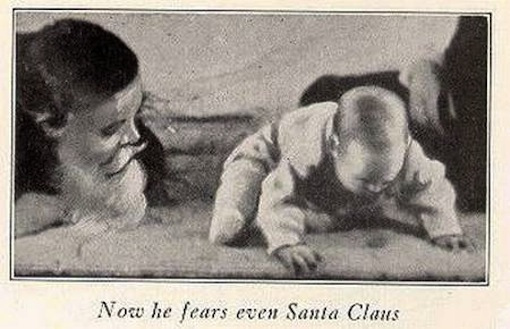Little Albert Experiment
The little Albert Experiment was a study done to help Psychologist understand Classical Conditioning in humans. This study is known for their advances in stimulus generalization. During this study, Watson observed that children had a fear to loud noises. This was an unconditioned response and Watson wanted to figure out why exactly children reacted this way. He used the children's unconditioned response of fear to see how he could alter that experience. The aim was to test children emotional stability. For the study they used a nine-month-old infant from the hospital. This child was called Albert and they used the same experience Ivan Pavlov used with his dogs. Albert was given a baseline emotional test. Albert was exposed to a white rat, a rabbit, a dog, a monkey, masks, and all other kinds of stimuli. Albert showed no fear to these items.

Comments
Post a Comment